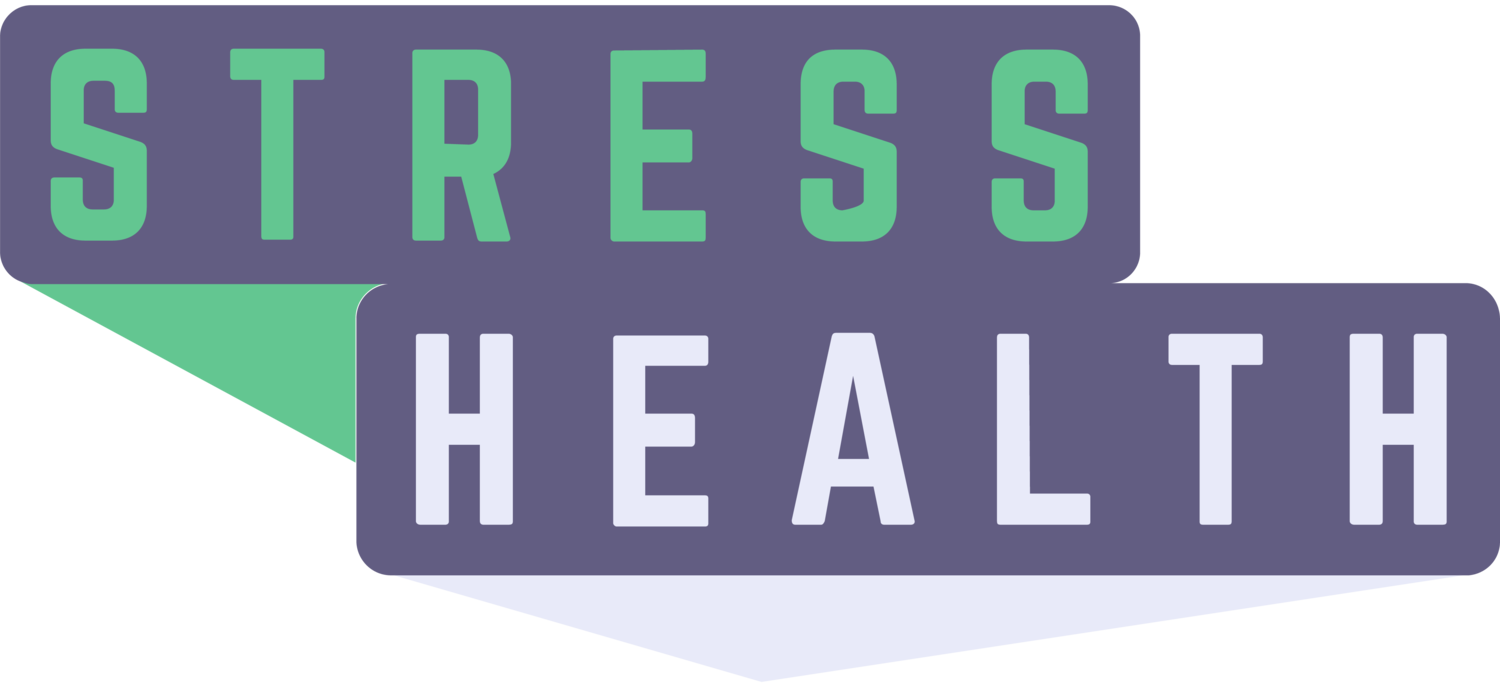How Daily Exercise Can Help Children and Teens With ACEs
If exercise came in a bottle, it would be flying off the shelves.
Research suggests exercise lifts children’s spirits, improves bad moods and lowers their anxiety and risk of depression.
As an added bonus, exercise is great for their overall health. Studies show it’s linked to better achievement in school, lower cholesterol and blood sugar, and a stronger heart, lungs, and bones.
For parents – including those of kids with Adverse Childhood Experiences -- this is all good news. Take a look at how exercise and physical activity helps traumatized children and teens.
For starters, exercise makes it easier for traumatized kids to deal with stress, according to Damion Grasso, PhD, an assistant professor of psychiatry and pediatrics at the University of Connecticut. It does so, he writes, “by actually changing the body’s internal biology and chemistry.”
Exercise “decreases stress hormones in the body that are linked to the stress response,” Grasso writes in his recent manual on treating traumatic stress in children and teens. “It also increases chemicals in the body that make it feel good, called endorphins, [which] also boost your mood.”
“Physical activity gives us more energy, helps to relax us, helps us sleep better, and lowers stress levels,” he adds.
In addition, regular physical activity makes kids less reactive to stress, including memories of past trauma, says. Plus, exercise makes you stronger, Grasso notes, so you are better able to ride out everyday stresses.
“You don’t have to be a pro athlete to benefit,” he says. “Simply finding the time to walk on a daily basis can have huge benefits.”
Here are some exercises Grasso recommends that parents may find helpful:
With your children, brainstorm a list of ways to get moving (sports, walking around the block, riding a bike, rollerblading, skateboarding, building something, and so on)
Brainstorm ways they can incorporate more exercise into their everyday lifestyle (such as walking to school)
Tell them the benefits of exercise (getting stronger, feeling less stressed, happier, and so on)
Most of all, join in. That way you’ll not only reap the benefits of exercise, you can have fun with your kids while doing it.
References
Davis, J. (2018, January 5). Exercise Boosts Kids ‘ Brain Health, Too. HealthDay. Retrieved from https://consumer.healthday.com/kids-health-information-23/child-development-news-124/exercise-boosts-kids-brain-health-too-729077.html
Grasso, Damion J. (2014). Clinical Exercises for Treating Traumatic Stress in Children and Adolescents: Practical Guidance and Ready-To-Use Resources. London, UK/Jessica Kingsley Publishing.
Health.Gov. (2019, January 28). Top 10 Things to Know About the Second Edition of Physical Activity Guidelines for Americans. Retrieved from https://health.gov/paguidelines/second-edition/10things/

